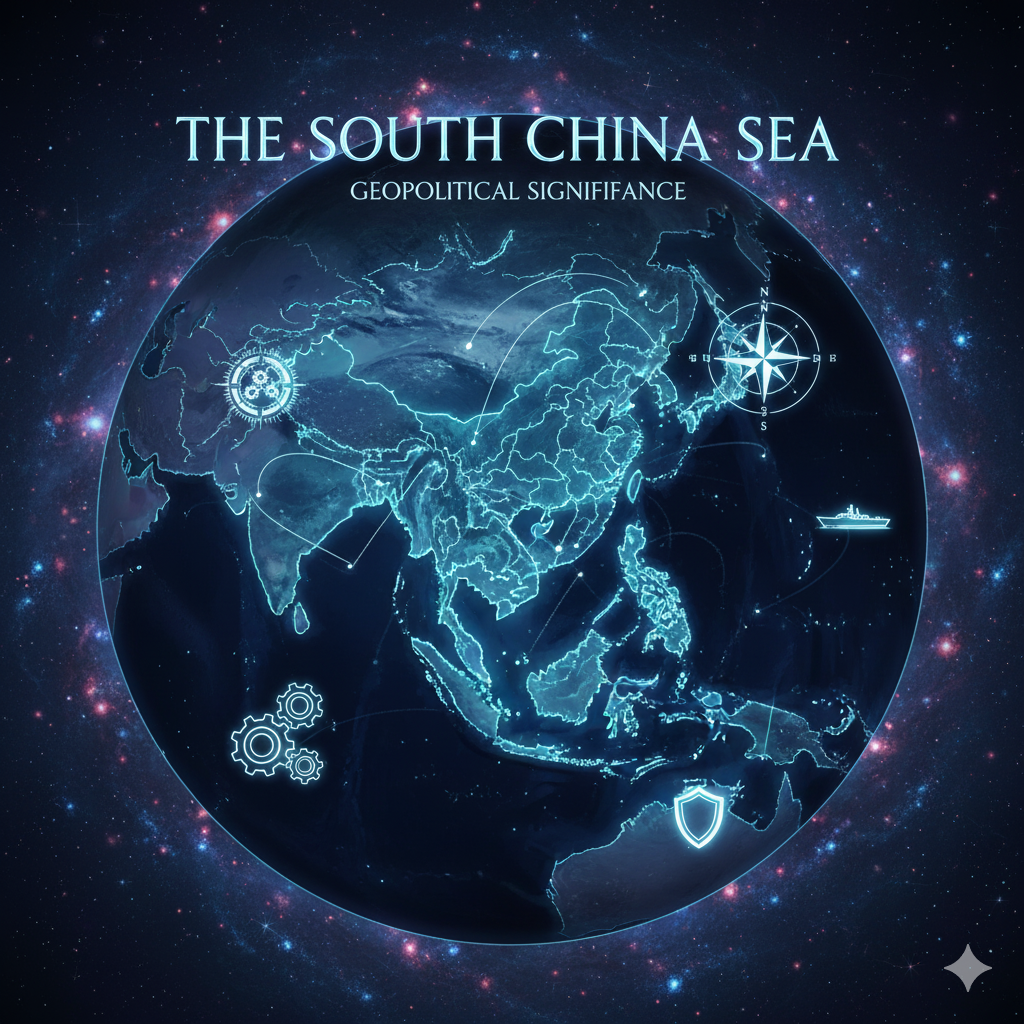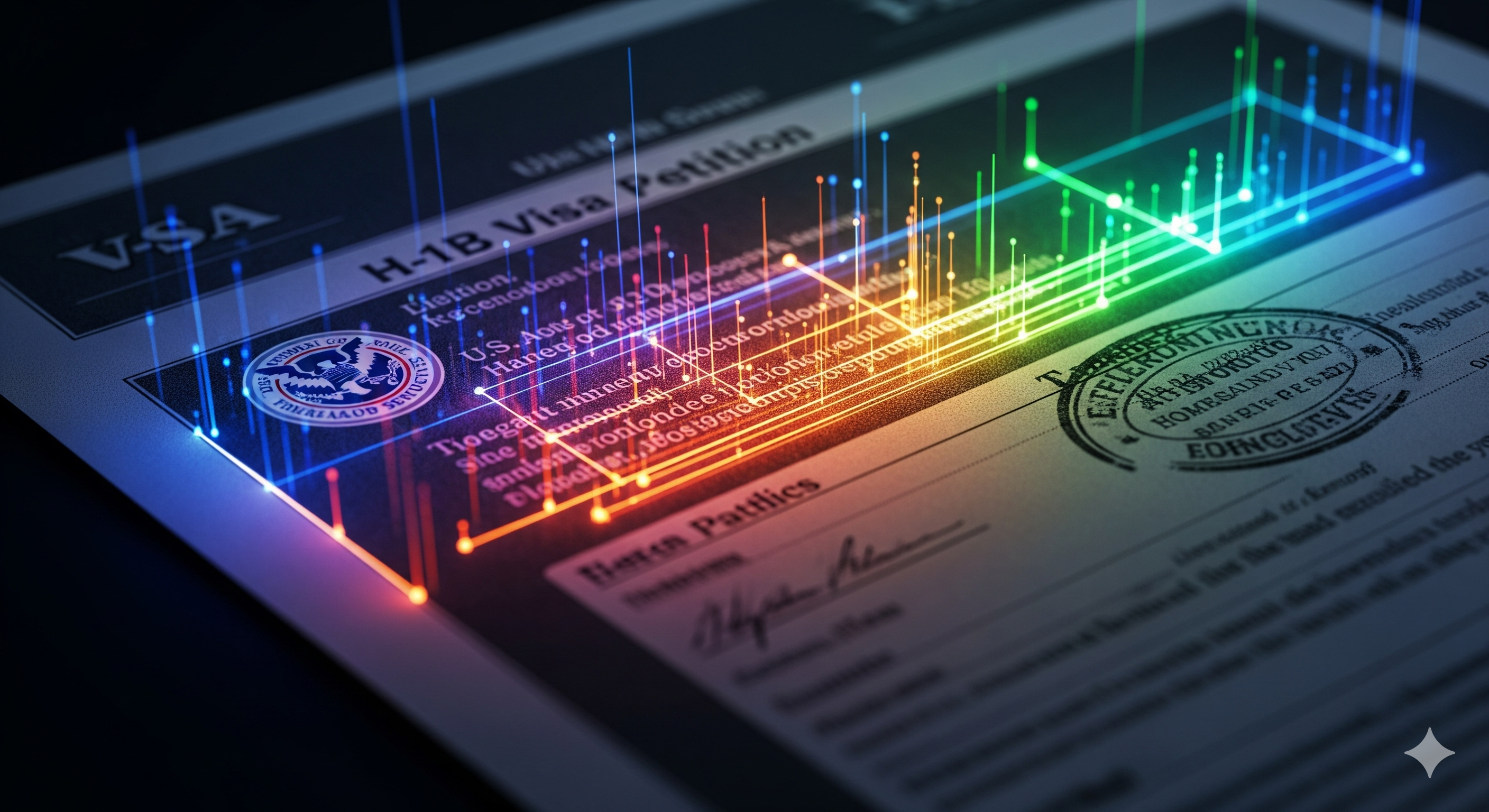Introduction
The trade relationship between the United States and India has evolved into one of the most significant economic partnerships in the 21st century. Both nations, being large democracies with robust and growing economies, see mutual trade as a way to deepen strategic ties, promote innovation, and ensure prosperity for their people. Over the decades, the nature of trade between the U.S. and India has shifted from being limited in scope to becoming a broad-based engagement involving goods, services, investment, technology, and energy. Today, the U.S. is one of India’s largest trading partners, while India is an increasingly important market and strategic ally for the United States.
Historical Background of U.S.–India Trade Relations
U.S.–India trade relations were modest during the Cold War era, largely because of political alignments. India’s economic model after independence in 1947 emphasized self-reliance and socialist-style planning, which limited its global trade exposure. At the same time, India maintained close ties with the Soviet Union, while the U.S. viewed Pakistan as a key ally in South Asia. These dynamics left limited scope for meaningful trade cooperation between the U.S. and India.
The liberalization of the Indian economy in 1991 marked a turning point. India opened its markets, reduced tariffs, and encouraged foreign investment, which created new opportunities for U.S. businesses. American companies saw India as a rapidly growing market for technology, consumer goods, and services, while India sought access to U.S. technology, capital, and markets. Since then, trade between the two nations has expanded exponentially.
Current State of U.S.–India Trade
In recent years, trade in goods and services between the U.S. and India has surpassed $190 billion annually, making the U.S. India’s largest trading partner. This includes both goods such as energy, electronics, machinery, and agriculture, as well as services in information technology, consulting, and finance.
- Goods Trade: The U.S. exports aircraft, machinery, medical instruments, petroleum products, and agricultural goods to India. In return, India exports pharmaceuticals, textiles, gems and jewelry, IT products, and automotive parts to the U.S.
- Services Trade: India’s IT services and outsourcing industry play a major role in trade with the U.S. American companies rely heavily on Indian expertise in software, customer support, and digital innovation, while India benefits from U.S. services in finance, education, and consulting.
The U.S. has also emerged as a major source of foreign direct investment (FDI) in India, especially in technology, e-commerce, manufacturing, and renewable energy. On the other hand, Indian companies like Infosys, Wipro, Tata Consultancy Services (TCS), and Mahindra & Mahindra have invested in the American economy, creating thousands of jobs.
Key Sectors of Trade
The strength of U.S.–India trade lies in its diversity. Multiple sectors contribute to this robust partnership:
1. Technology and Digital Economy
Technology is one of the strongest pillars of U.S.–India trade relations. American technology giants like Microsoft, Google, Amazon, and Meta (Facebook) have invested heavily in India’s digital ecosystem. India, with its growing digital population, provides a massive market for U.S. technology products and services. Meanwhile, Indian IT firms deliver cost-effective solutions for U.S. businesses.
2. Pharmaceuticals and Healthcare
India is often referred to as the “pharmacy of the world,” supplying affordable generic medicines to the United States. This trade not only benefits American healthcare consumers but also strengthens India’s pharmaceutical industry. On the other hand, the U.S. provides India with advanced medical technologies and biotechnology solutions.
3. Agriculture
Agricultural trade is another critical area. The U.S. exports almonds, apples, pulses, and soybeans to India, while India exports rice, spices, tea, and seafood to the U.S. However, agricultural trade has also been a point of contention due to tariffs and subsidies.
4. Energy Cooperation
The U.S. has become a significant supplier of crude oil and liquefied natural gas (LNG) to India, diversifying India’s energy sources. This cooperation also strengthens energy security for India while opening a growing market for U.S. energy exports.
5. Defense and Strategic Trade
Defense trade has grown remarkably in the past two decades. India has purchased advanced U.S. defense equipment such as aircraft, helicopters, and surveillance systems. Beyond defense hardware, both countries collaborate in research, cybersecurity, and high-technology transfers.
Challenges in U.S.–India Trade Relations
While trade relations have expanded, they are not without challenges. Several issues continue to cause friction between the two nations.
- Tariff and Non-Tariff Barriers
- The U.S. has often criticized India for its relatively high tariffs on products such as agricultural goods, automobiles, and wine.
- India, in turn, has expressed concerns about American protectionism and stringent visa policies affecting Indian professionals.
- Intellectual Property Rights (IPR)
- The U.S. has raised concerns about India’s intellectual property regime, particularly in pharmaceuticals and technology.
- India argues that its policies ensure access to affordable medicines and protect local industries.
- Trade Deficit
- The U.S. has a trade deficit with India, meaning it imports more from India than it exports. This has been a political issue, especially under administrations emphasizing “fair trade.”
- The U.S. has a trade deficit with India, meaning it imports more from India than it exports. This has been a political issue, especially under administrations emphasizing “fair trade.”
- Agricultural Disputes
- Disagreements over agricultural subsidies, genetically modified crops, and market access remain contentious.
- Disagreements over agricultural subsidies, genetically modified crops, and market access remain contentious.
- Regulatory Issues
- Differences in standards, data protection laws, and investment rules often complicate business operations between the two nations.
Diplomatic and Strategic Dimensions of Trade
Trade relations between the U.S. and India are deeply intertwined with strategic and geopolitical considerations. Both nations see economic cooperation as part of their broader partnership in countering global challenges, including China’s rising influence, cybersecurity threats, and climate change.
- Indo-Pacific Strategy: The U.S. views India as a crucial partner in maintaining stability in the Indo-Pacific region. Economic engagement is seen as a way to strengthen strategic alignment.
- Climate and Clean Energy: Both countries are cooperating on clean energy technologies, including solar power, wind energy, and electric vehicles. Trade in renewable energy equipment is expected to grow in the future.
- Digital Cooperation: Joint efforts are being made to develop secure and transparent digital ecosystems, especially with the rise of AI, cloud computing, and 5G technologies.
Recent Developments in U.S.–India Trade Relations
In the past few years, both nations have taken steps to address disputes and expand opportunities:
- Trade Policy Forum (TPF): The U.S. and India revived their Trade Policy Forum to resolve trade disputes and enhance cooperation.
- Investment in Startups: U.S. venture capital firms have been investing significantly in Indian startups, particularly in fintech, edtech, and e-commerce.
- Visa Reforms: Efforts are underway to ensure smoother movement of professionals, especially in the IT sector.
- Defense Industrial Cooperation: Initiatives to co-develop and co-produce defense technologies are being explored.
Future Prospects of U.S.–India Trade
The future of U.S.–India trade relations appears promising. Both nations are committed to expanding economic ties and addressing challenges through dialogue. Several factors will shape future relations:
- Digital Economy Growth: With India’s digital population expected to exceed 1 billion, opportunities for U.S. technology companies will grow. Similarly, India’s IT exports to the U.S. will remain strong.
- Green Energy Transition: As both nations focus on climate goals, renewable energy and green technology trade will expand.
- Healthcare and Pharma Collaboration: The COVID-19 pandemic demonstrated the importance of cooperation in healthcare, vaccines, and medical research. This is likely to continue.
- Manufacturing and Supply Chain Resilience: With global supply chain disruptions, India is emerging as an alternative manufacturing hub. U.S. companies may increasingly diversify their operations in India.
- Strategic Cooperation: Trade relations will continue to be shaped by broader strategic objectives, especially in countering China’s economic dominance in Asia.
Conclusion
U.S.–India trade relations represent more than just an exchange of goods and services; they embody a strategic partnership between two of the world’s largest democracies. While challenges persist in the form of tariffs, regulatory hurdles, and policy differences, the overall trajectory remains positive. The shared interests in technology, defense, clean energy, and digital transformation provide a solid foundation for future cooperation.
In the coming decades, as India continues to grow as a global economic power and the United States seeks reliable partners in a rapidly changing world, trade will remain a central pillar of their relationship. For students, policymakers, and scholars, studying U.S.–India trade relations offers valuable insights into how economic ties shape international politics, diplomacy, and development in the modern era.




